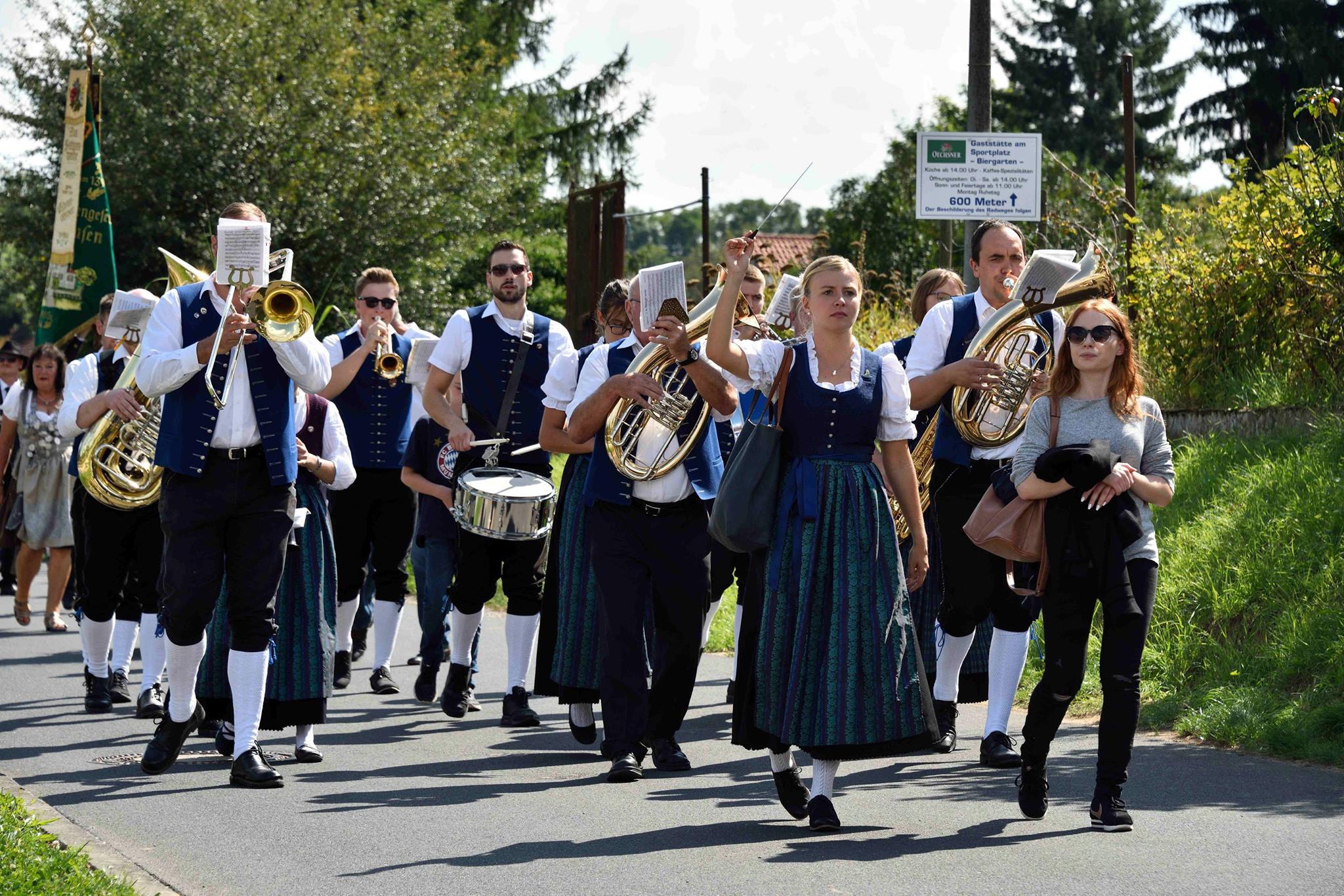Rules: How it shall be kept during the Shooting Competition here in Winterhausen during the Anniversary of the Dedication of the Church this Year of 1700
By Robert A. Selig
Simple as the translation of this Ordnung mit dem Schießen bey der Kirchweyh may appear at first sight, upon closer examination it soon becomes apparent that besides the competence to decipher the hand-writing, a thorough proficiency of modern and of early 18th century German is required to understand the text. But what do you do when there is no English equivalent to the German word used or to the custom it describes? The attempt to identify the mentioned people, places, and events poses a different set of issues. As one tries to formulate answers to the questions of “who does what, when, where, how and why”, the researcher will unfailingly delve into many a rabbit-hole of genealogy, of political and constitutional history, and of numismatics, and will uncover any number of local customs that deviate from how “this is supposed to be”. Each of these strands provides its own surprises, rewards, and disappointments, proving that history, like the people who “make” it, follows its own rules. But practicing research skills and acquiring not necessarily marketable knowledge is an end in itself, and what would historical research be without its challenges?
Before we start exploring some of these rabbit holes, however, let’s take a look at the original German text and the English translation.
To read more subscribe now! Click here!

